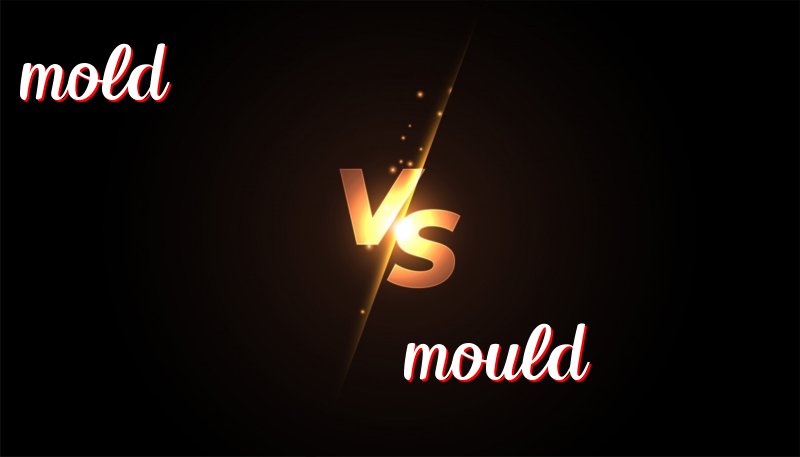Mold vs. Mould: A Simple Guide to Their Differences
Difference between “Mold” and “Mould”
The words “mold” and “mould” mean the same thing but are spelled differently. The difference in spelling comes from where you are in the world.
History
The word “mold” comes from American English, while “mould” comes from British English. Both words have the same roots and have been used for hundreds of years.
How to Use Them
Both “mold” and “mould” can be used as nouns and verbs. They usually refer to the fuzzy stuff that grows on old food or damp surfaces, and also to a form used to shape things.
Trick to Remember the Difference
Think of “mold” having less letters like USA, and “mould” having more letters like UK. This can help you remember which one is used in America and which one is used in Britain.
Examples of “Mold” (American English)
- The bread had mold on it, so we threw it away.
- The artist used a mold to shape the clay.
- The damp basement had mold on the walls.
- I used a star-shaped mold to make cookies.
- The scientist studied the mold in the lab.
Examples of “Mould” (British English)
- The bread had mould on it, so we threw it away.
- The artist used a mould to shape the clay.
- The damp basement had mould on the walls.
- I used a star-shaped mould to make biscuits.
- The scientist studied the mould in the lab.
Summary
In summary, the word “mold” is used in American English, and “mould” is used in British English. They both mean the same thing and can be used to talk about the fuzzy growth in damp places or a form used to shape things. Remember, “mold” is shorter like USA, and “mould” is longer like UK!

Leave a Reply
You must be logged in to post a comment.